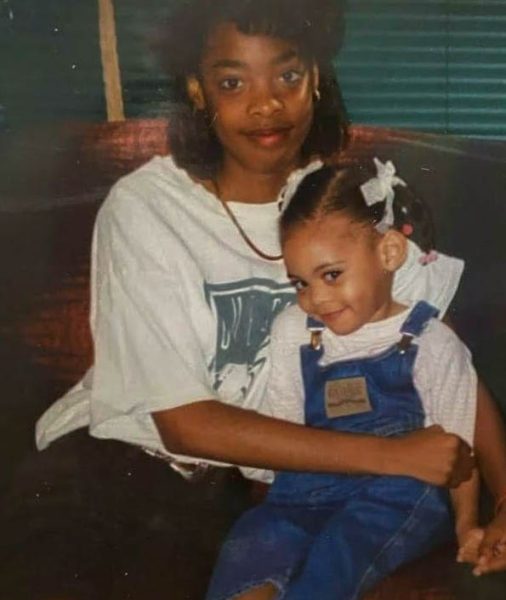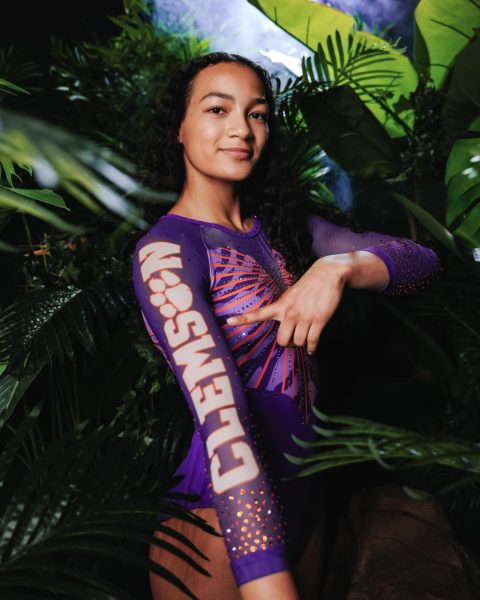Personal Column: Holding on to physical music in a digital age
This summer, I began to truly sympathize my friends who insisted on reading physical copies of books when I told them I had a Kindle.
I realized how much more a physical copy of something can mean than a digital representation – how the stores that sell physical copies have atmospheres no other place can replicate. I’d still much rather use my Kindle to read, but taking my friends’ perspective to heart when buying music was one of the best decisions I’ve ever made.
During my fellowship at Mayor Annise Parker’s re-election campaign, I was surrounded by music. “Rockin’ Robin” was simply a walk across the street, filled with guitars, drums and the sounds of classic rock over the radio. A closer thirty seconds away was Cactus Records. My first time there was soon after moving to Houston in 2001. The experience of going back was incredibly nostalgic and refreshing. I again felt like that little child – a lifelong music lover let loose in a jungle of CDs, vinyl, and cheap posters. Needless to say, the experience converted me from the digital world of iTunes to the real world of like-minded music lovers.
Firstly, I was dumbfounded by the cheapness of physical CDs. I bought Sonic Youth’s album “Daydream Nation” for six dollars. In iTunes money, that is not even enough for six songs. For an album that topped Pitchforks “Top 100 Albums of the 80s” list and was added to the Library of Congress, six dollars was a complete steal.
The three-dollars-or-less clearance rack at Cactus further surprised me. It tears the promise of a “Daily Free Song” to absolute shreds. The cheapness spoils a music fan like myself, as I often open up iTunes when playing music at home, frustrated that I cannot buy what I want to. However, that is not the least of my worries when music meets technology.
Digital music and streaming programs cannot always understand the subjectivity of music. As I used Pandora, I noticed its recommendations stem from strict data and classifications – songs labeled with markers such as “repetitive song structure,” “electric rock instrumentation” and “introspective lyrics” were played one after another. Due to copyright and licensing laws, Pandora cannot play through an entire album in a row, much less the same artist multiple times in a row. While I always welcome the chance to hear new and intriguing artists, my exploration for new music has been mainly album-oriented. No album or song is created equally or with the exact same vibe in mind. To have such a limited way of representing an artist does a disservice to both artist and listener.
Somewhere between the alphabetized racks of a record store is someone who actually knows what he or she is talking about. Though the exploration of iTunes (or the Pirate Bay, for those of you who like your music free) may take just a click, the digital era is not even a sliver of music history. Record stores were the lifeline and seller of music to generations of fans. They still serve as a haven for up-and-coming bands local bands to gig and sell records. If you enjoy music in any way, shape, or form and have some time, I wholeheartedly recommend you go to a music store.
Your donation will support the student journalists of Bellaire High School. Your contribution will allow us to purchase equipment and cover our annual website hosting costs.







